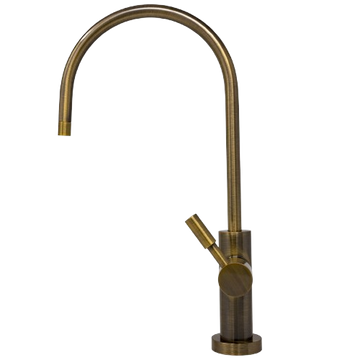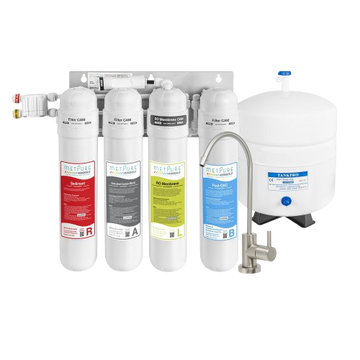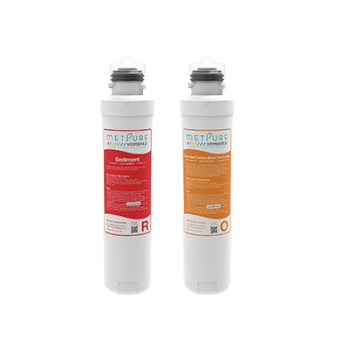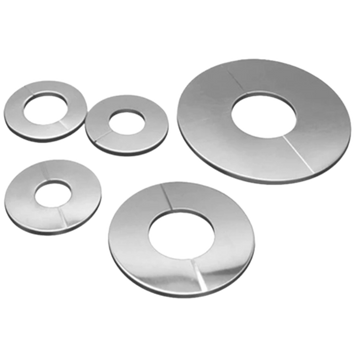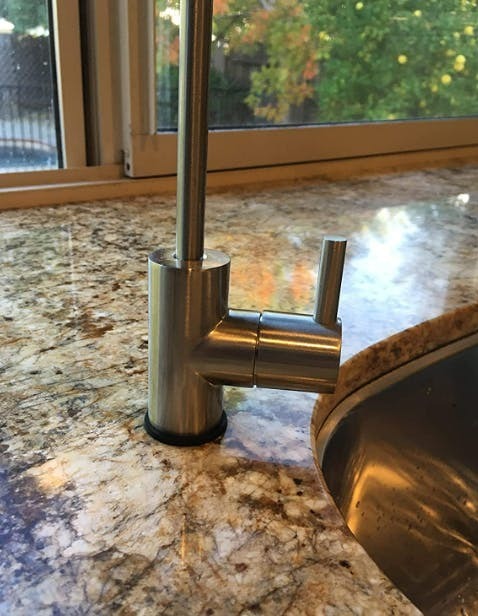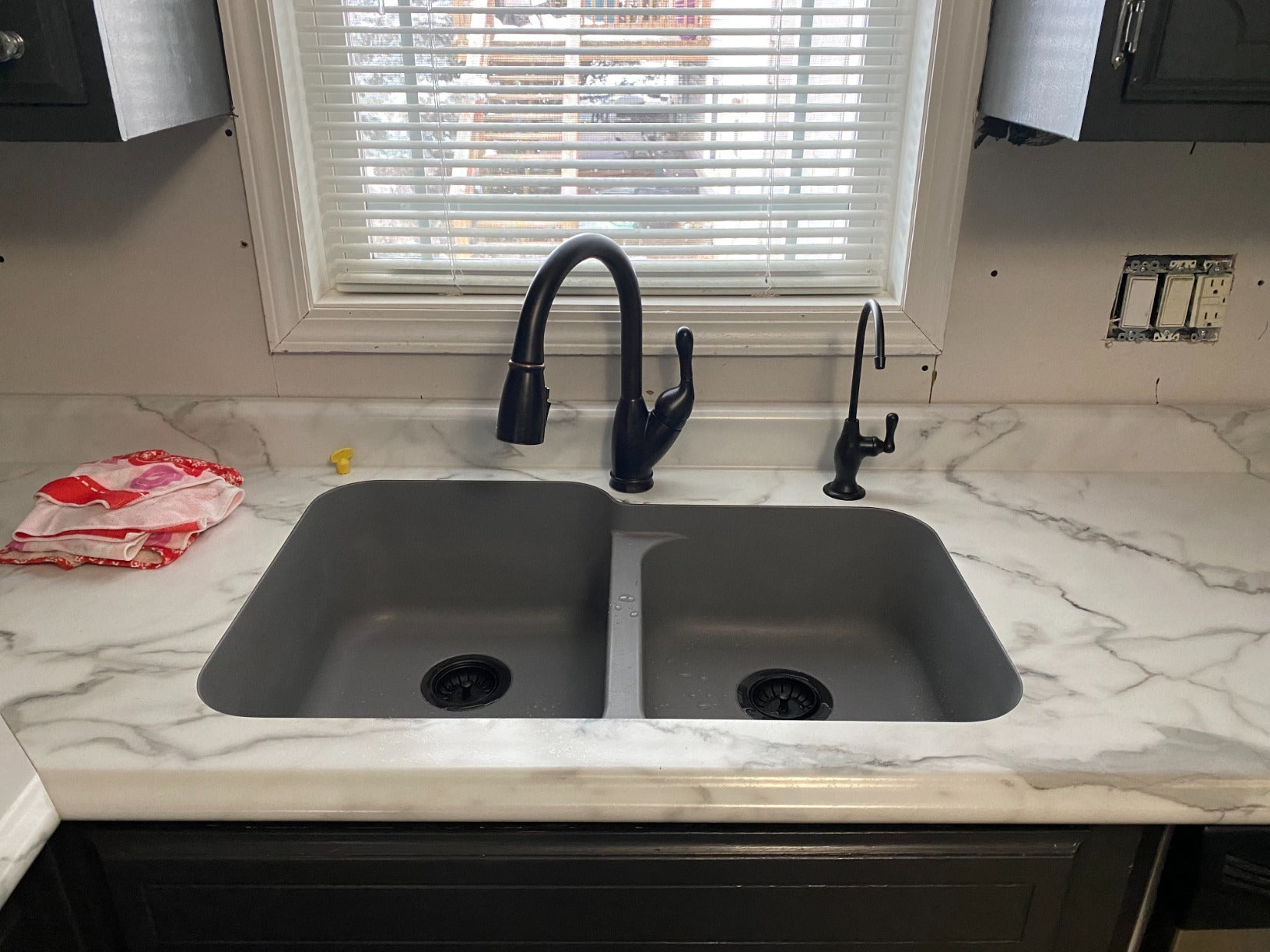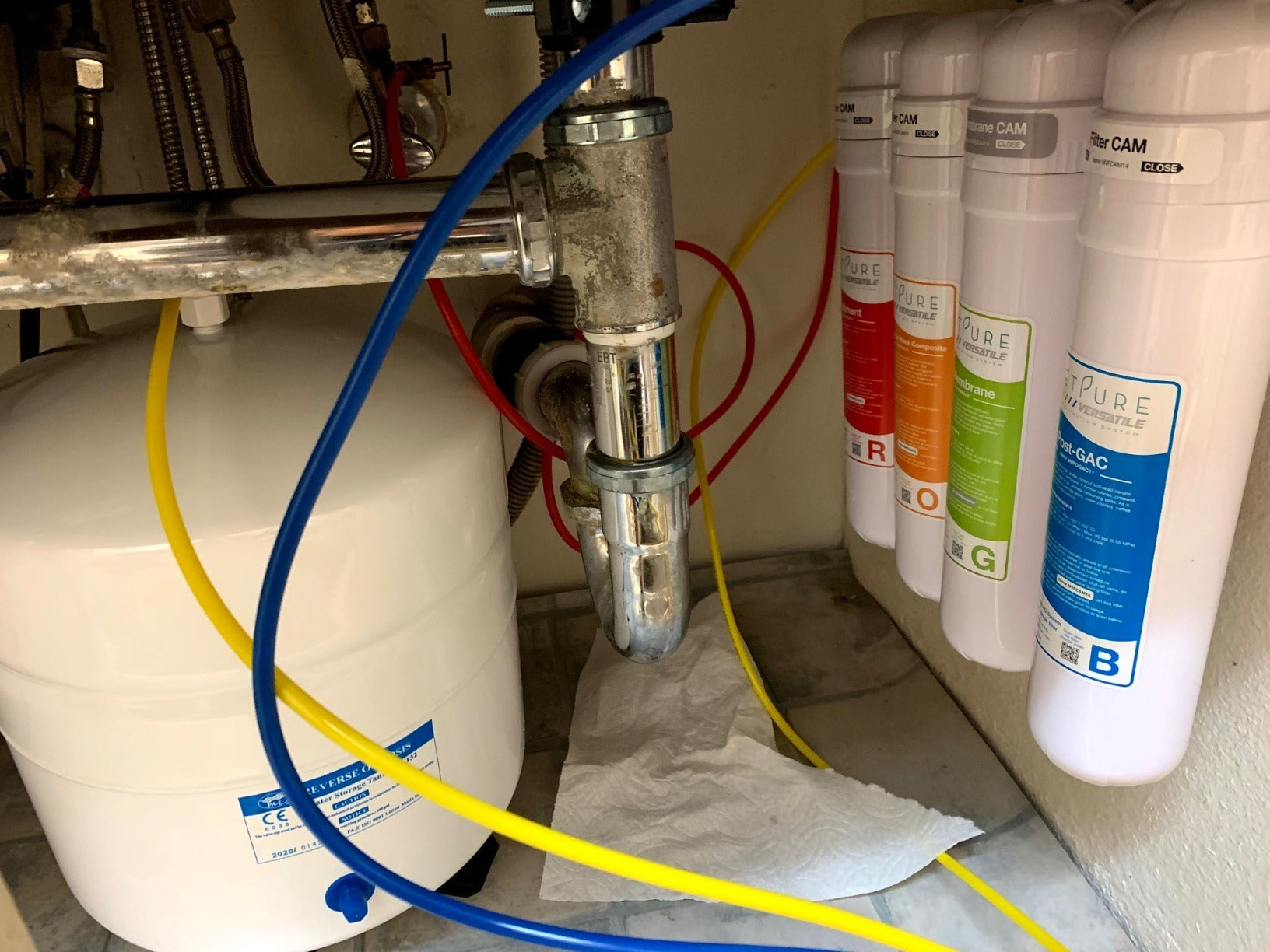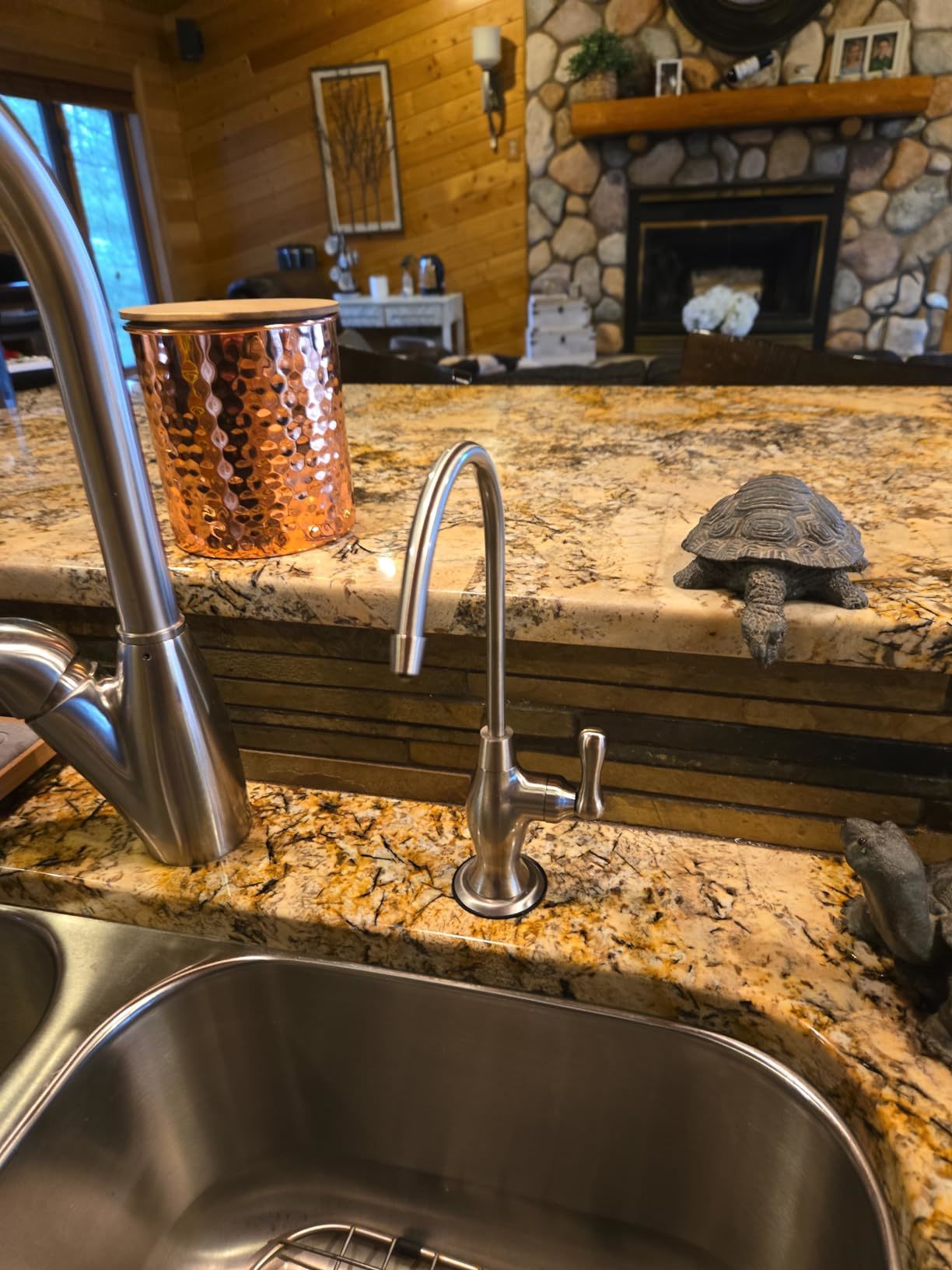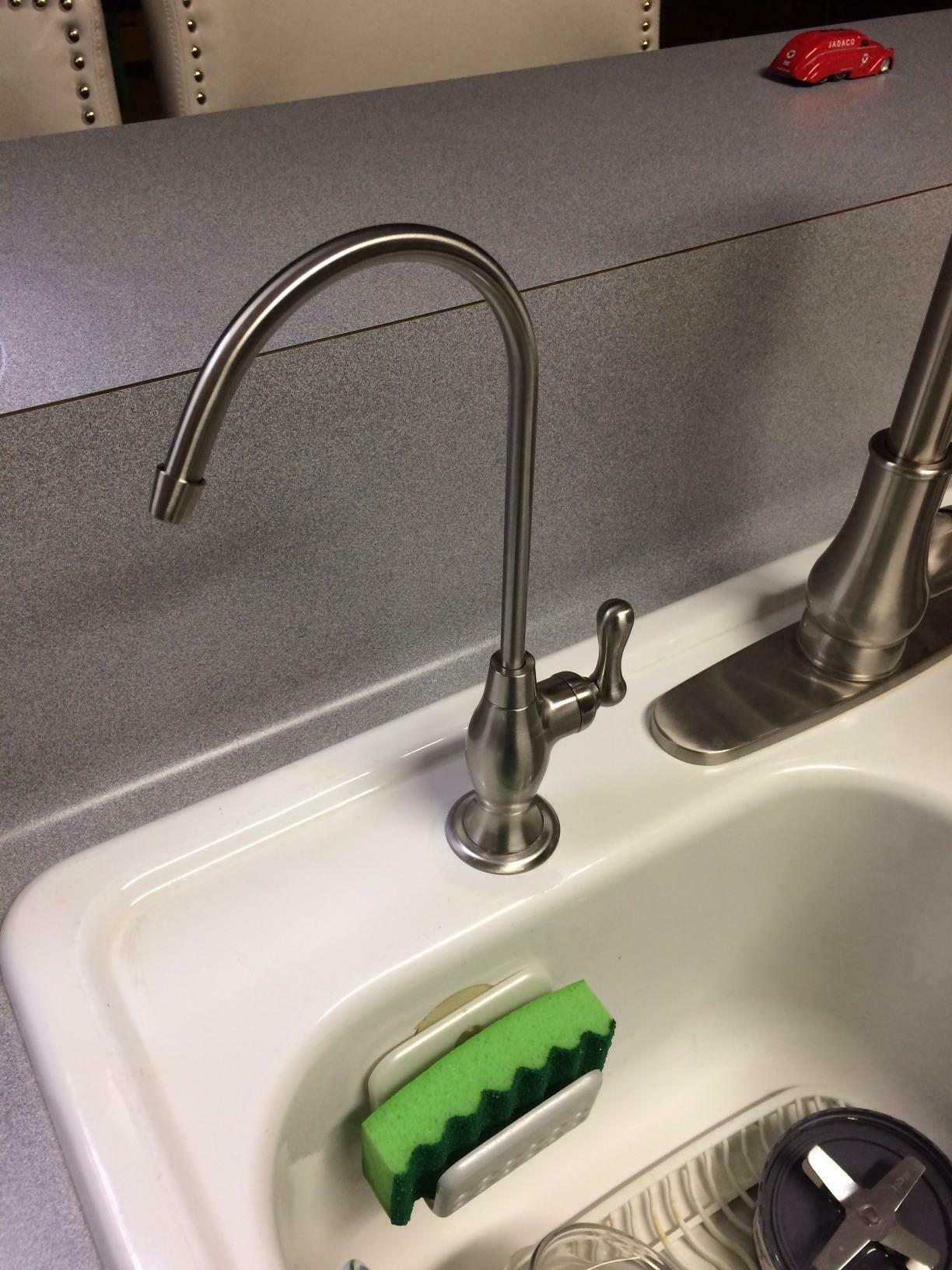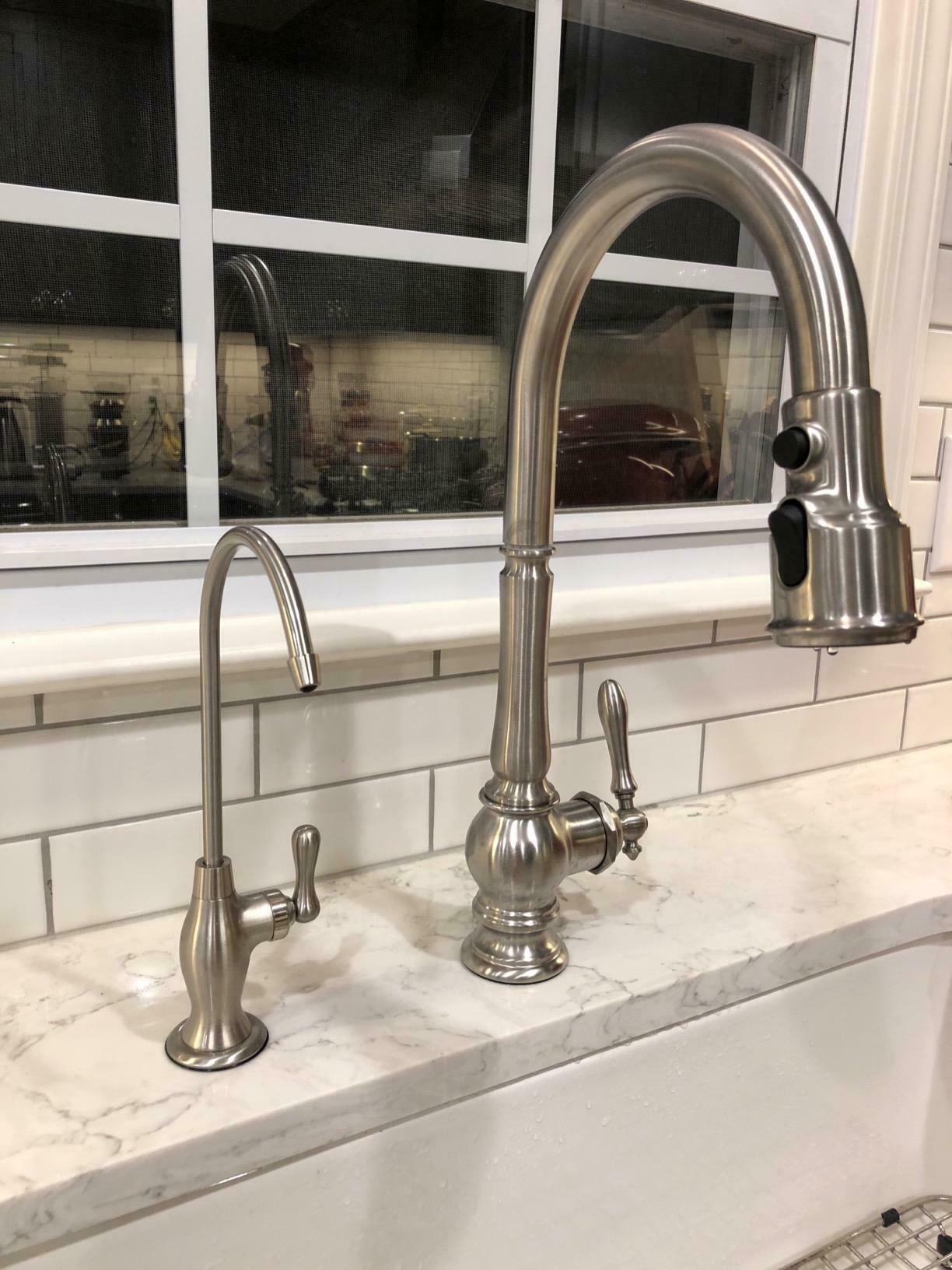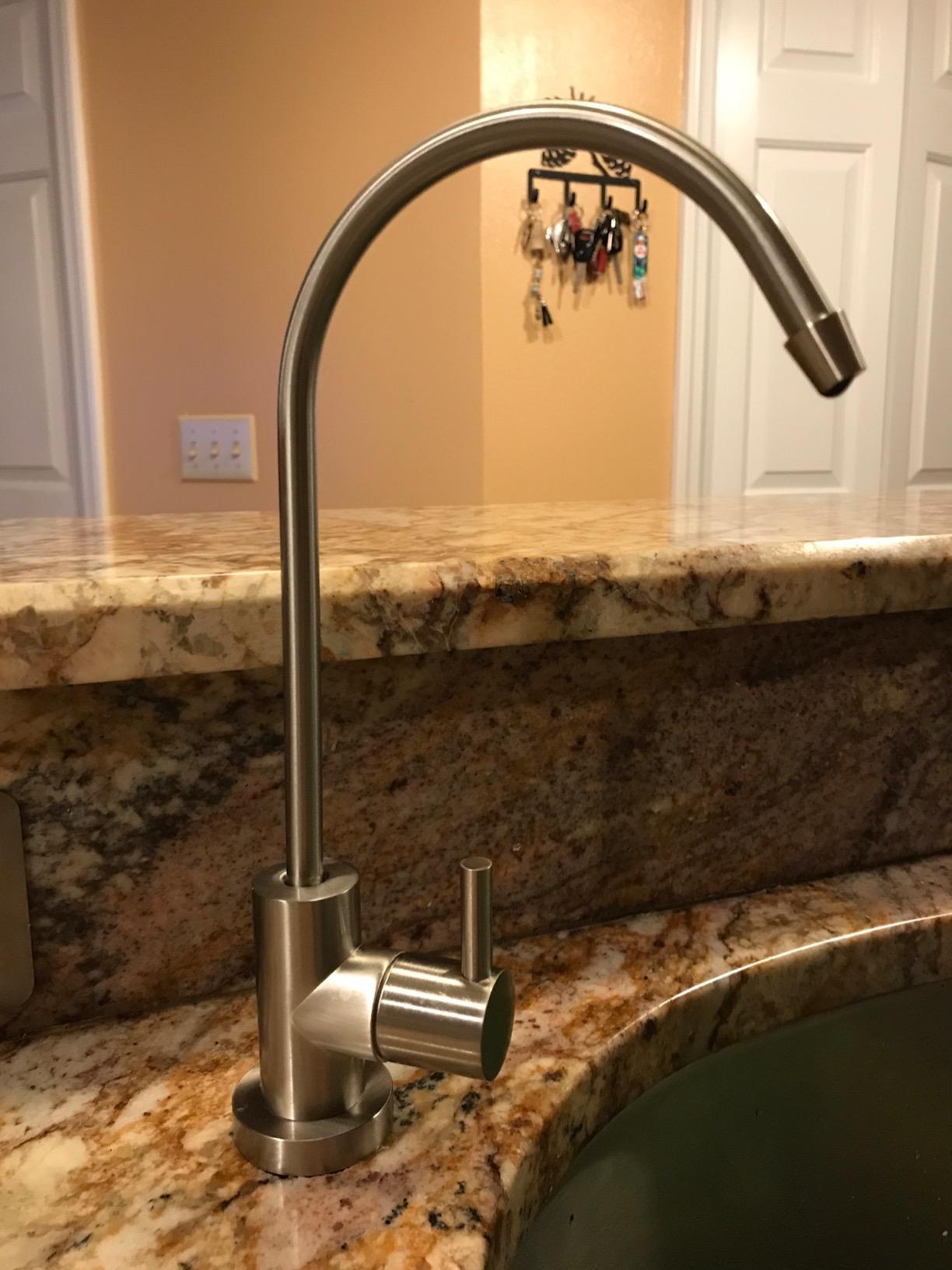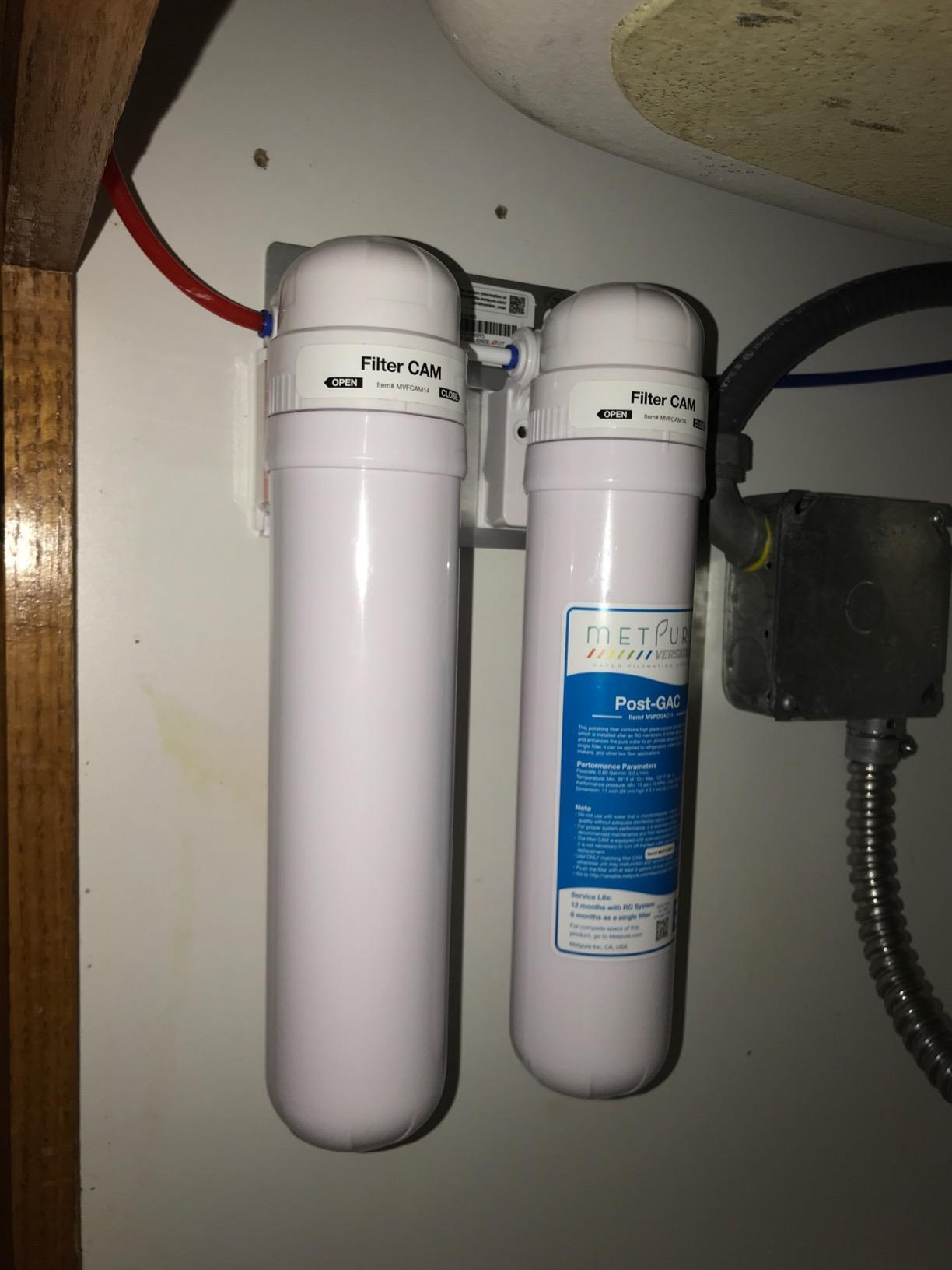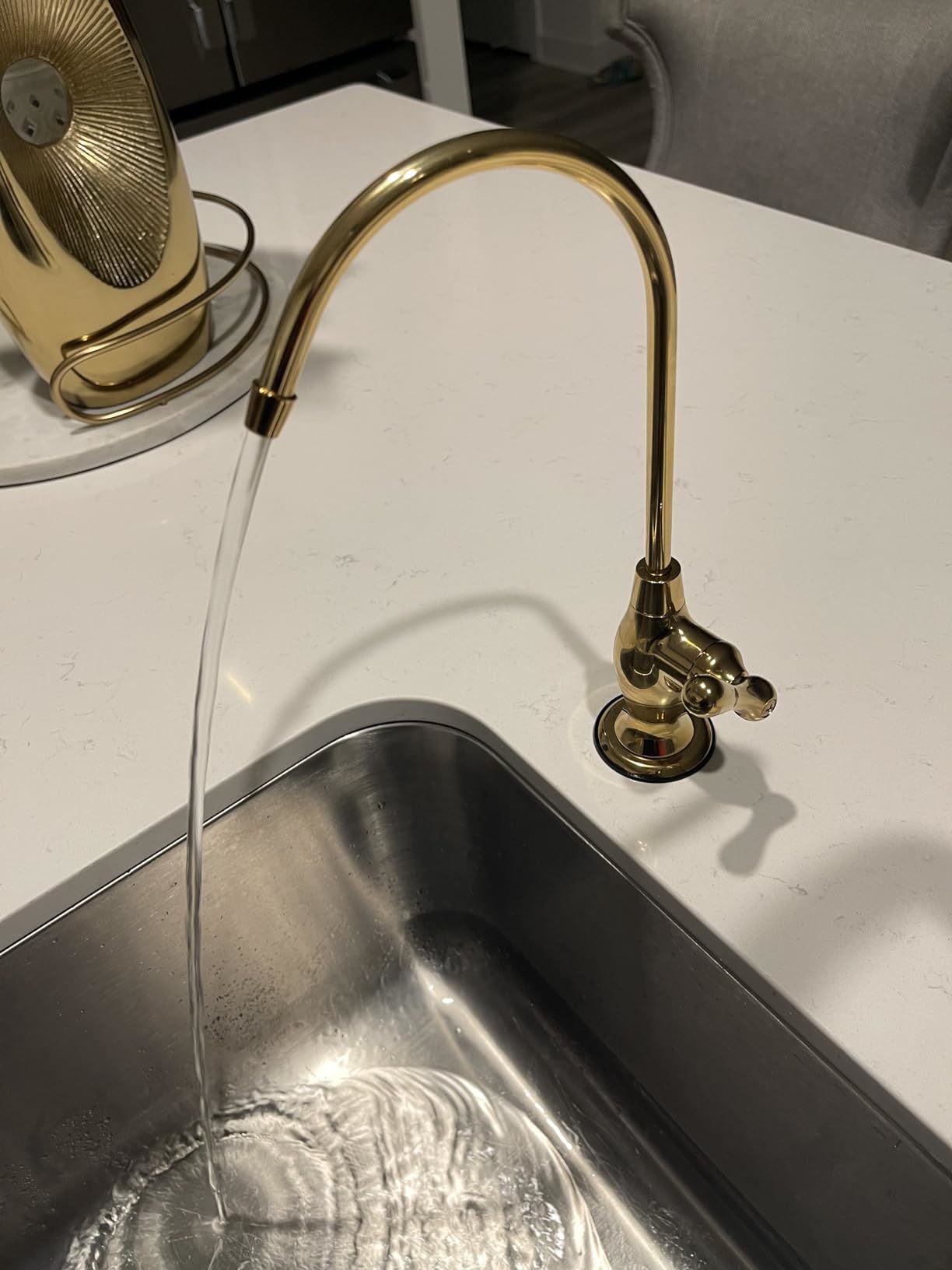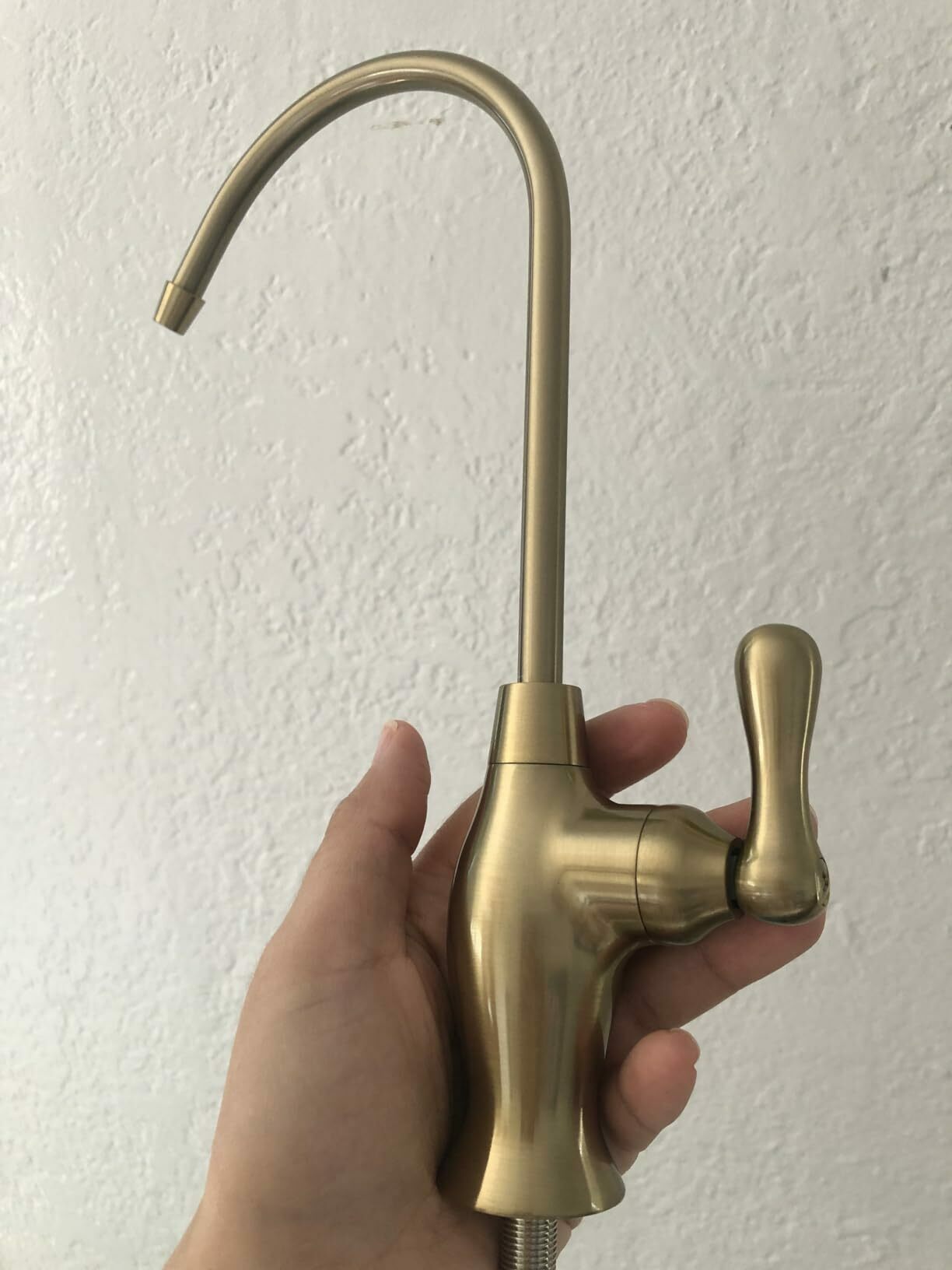How to Improve Water Filtration
Table of Contents
Water filtration has become an integral component of modern life, from cutting down plastic bottle use to combating toxic substances like arsenic and fluoride contamination. But different filter methods may produce differing results.
Reverse osmosis works by using a semipermeable membrane that separates two quantities of fluid, while mesh filtration relies on tight woven layers of wire cloth that trap particles and contaminants.
1. Cleanliness
Water filters are essential tools in protecting you and your family against disease-causing germs and chemicals found in tap water, but when not regularly maintained or replaced they may become unsafe to drink.
Water can become polluted due to bacteria living in soil and organic material or from pollutants like lead in older pipes (as was seen during the Flint crisis). Even though your water might appear clean to you, it may still contain dangerous bacteria and other microorganisms.
Explore how sand, gravel and stones work to filter dirty water with this interactive activity. (Please use only clean materials from around your area and always wash your hands after handling dirt!) Then test out your filter system by passing muddy water through it; notice as it becomes cleaner as you proceed through this step-by-step process.
2. Efficiency
Filters provide an essential service, improving the overall quality and taste of tap water while also helping to decrease waste generated from single-use plastic bottles.
Water filtration can reduce the risk of waterborne illnesses, improve digestion and increase hydration. Furthermore, it helps prevent the build-up of limescale deposits on pipes.
There are various kinds of water filtration systems, including distillation, reverse osmosis and physical filters. Each method offers its own set of advantages and disadvantages; ultimately it's up to the individual user to decide which system best meets their needs. One key approach that may help improve efficiency in water filtration is continually designing, testing and revising their system until desired results have been reached; an iterative process.
3. Aesthetics
Water picks up all sorts of things that could be harmful, and while municipal treatment plants do a fantastic job at making it safe to drink, some may prefer additional filtration systems for taste and aesthetic reasons. With today's wide variety of stylish systems available to them, you can have healthier water without compromising the look of your home.
Simple, affordable filters utilize sand or gravel for physical filtration and charcoal to reduce odor, with gravity or sand filtering larger particles while activated carbon grabs any chemicals that slip past other filters. DIY water filtration can even be performed at home by layering play sand and charcoal in a bucket with plumbing holes drilled for plumbing connections - this method is popular among developing nations as it's easier than carrying around bottles!
4. Reliability
Relying on water filters to reliably eliminate contaminants is central to effective filtration, so homeowners should look for filters with independent certification and testing, which offer a clear picture of their effectiveness without relying solely on marketing claims.
Other filtration methods, like boiling, UV treatment and iodine/chlorine tablets can remove bacteria but may be less efficient at clearing away physical debris and killing parasites such as Giardia or Cryptosporidium - two pathogens responsible for diarrheal diseases that claim 525,000 lives each year in impoverished nations.
DIY filters can be built out of cotton balls, charcoal, gravel and sand in layers. Keep a timer handy as you pour dirty water through each material layer - the results should become cleaner as the timer ticks down.
5. Cost
Water filtration systems represent an excellent long-term investment. Not only will they save on costs associated with purchasing bottled water, but also help avoid plumbing issues due to mineral build-up or corrosion of pipes.
Filters function by creating a physical barrier that blocks, traps or captures solid contaminants. Their origin can be found as far back as ancient civilizations, with drawings and writings dating back 6,000 years showing similar processes at work.
There are various types of filters on the market today, each designed to address particular contaminants. Carbon filters use adsorption technology to remove chlorine, sediment and organic materials while trapping pathogenic organisms like Giardia and cryptosporidia. Systems vary greatly in capacity and price - select one which best meets your family's needs so as to maximize performance without overspending on capacities you won't utilize.


